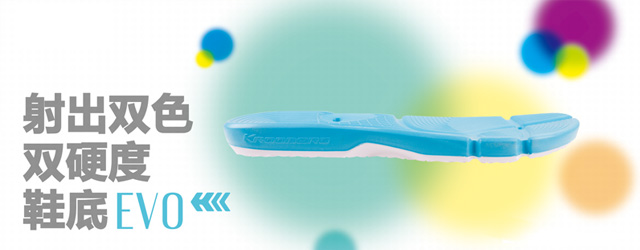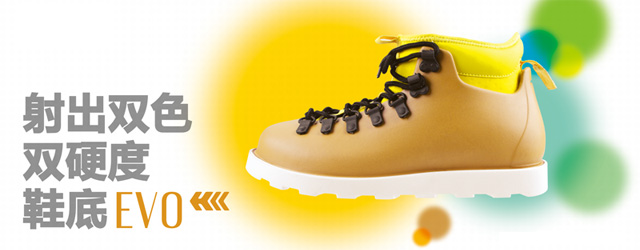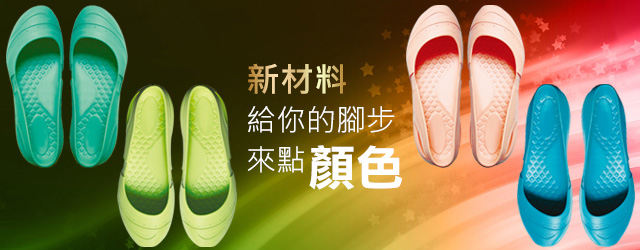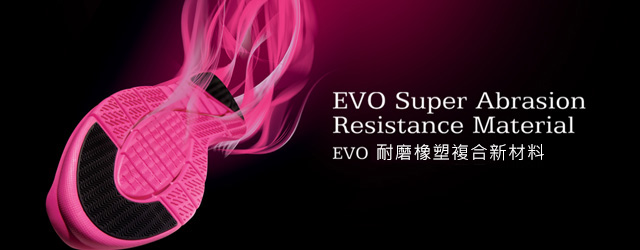Technology Advantages
| Abrasion Resistance Testing | |
| Through the abrasive values of the materials can evaluate the abrasion resistance of the materials. The characteristics of abrasive values include DIN abrasion resistance, GB (national standard) abrasion resistance, etc. The smaller the DIN abrasion resistance value is, the more the abrasion resistance of the material is. Generally, outdoor shoes require higher abrasion resistance, indoor shoes require a relatively low abrasion resistance. Furthermore, according to the different functions of shoes, their abrasion resistance requirements are also different; for example, basketball shoes and hiking shoes need more exercise and strength so shall have relatively large and tight abrasion resistance and features requirements, comparing with jogging or casual shoes. |  |
| Non-Slip (or Slip Resistance) Testing | |
|
Non-Slip testing of materials in general refers to the test of its dry, wet-slip values (friction coefficient) so as to assess the material slip resistance features. The Non-Slip performance of the soles is a very important indicator, especially for the basketball shoes, hiking shoes and other sport shoes for sports with more intense in the exercises. Non-Slip performance affects personal safety and protection; good Non-Slip performance can avoid unnecessary harm to the human body, such as to avoid slipping, fall, etc., |
|
| and shall be easy to control the body balance in a movement and movement speed. | |
| Elasticity Testing | |
| Testing materials resilience can obtain an important indicator of material comfortability. Sole has excellent elasticity can reduce energy loss, slow down the process of fatigue, improve sports performance; for example, to provide effective elasticity enhancement function in high jump, long jump, and basketball, etc. | |
| Shock absorption Testing | |
| The use of shock absorption materials in the sole provides effective body protection during exercise. If implanted a shock absorption materials to the heel in the rear part of soles, it can protect the human spinal nerve from or mitigate the severe impact from hill landing so as to achieve the protection of the human body. Therefore, testing of the Shock absorption materials for the shock absorption effect is essential. | |
| Lightness Testing | |
| Lightness Testing can also be said to test the density or specific gravity of the materials. With the improvement of living standards and changes in consumer attitudes, the requirements of pursuit the comfortability of sports shoes is also improving; light and comfortable soles are more and more favorable. Therefore, shows move towards light weight become the direction of development and is also an inevitable trend. The material density (or specific gravity) of the shows has become an important indicator of soles comfortability. | |
| Flexibility Testing | |
| Flexibility testing mainly achieves through the material bending resistance or folding resistance testing. Good flexibility shall make the feet feel comfortable with wearing of the soles; there shall be no stiff, difficult or clumsy feelings, but to enjoy the fun freely. | |
| Test and Measurement Team | |
| We have a professional and high-quality team, as well as a laboratory with complete and sophisticated equipment. This team is capable of conducting the criteria and specifications tests as well as standardized operating tests according to different customer requirements. It shall enable to provide Research and Development, Production, and Customers with reliable and accurate test data and results, so as to ensure seamless R&D and production. Furthermore, the team shall be able to provide customers with meticulous services so as to ensure customer satisfaction. | |










